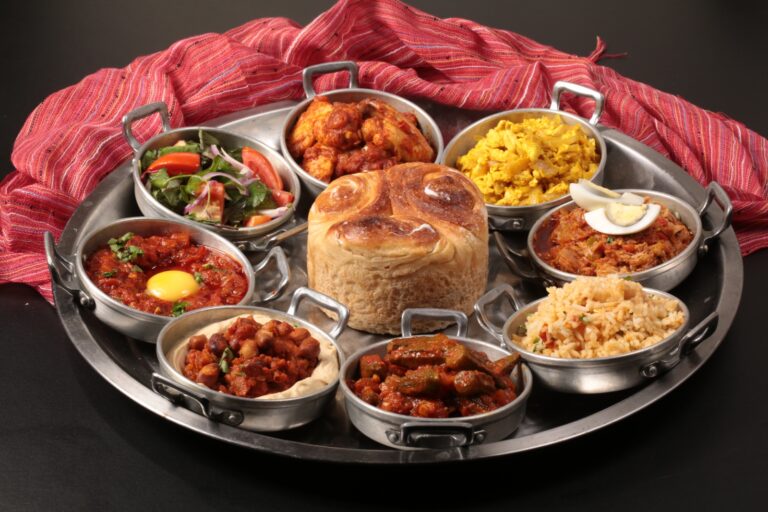Introduction: Senegal’s rich culinary heritage
Senegal, located in West Africa, has a rich culinary heritage that reflects its diverse cultural influences. Senegalese cuisine is known for its bold flavors, vibrant colors, and unique ingredients. Traditional dishes are often made with fish, rice, vegetables, and spices that are native to the region. A Senegalese meal is usually a communal affair, where family and friends gather to share a variety of flavorful dishes.
The importance of food in Senegalese culture
Food is an integral part of Senegalese culture and plays a significant role in daily life. A well-prepared meal is seen as a symbol of hospitality, generosity, and love. Senegalese cuisine is often used to celebrate special occasions such as weddings, religious holidays, and family gatherings. In many households, traditional recipes are passed down from one generation to the next, ensuring that Senegalese culinary traditions are preserved for future generations.
Popular ingredients in Senegalese cuisine
Senegalese cuisine is characterized by the use of local ingredients such as fish, rice, vegetables, spices, and herbs. Seafood is a staple in the coastal regions, while meat is commonly used in the interior. Peanuts, okra, and sweet potatoes are widely used in Senegalese cuisine, as well as a variety of spices such as cumin, coriander, and ginger. The use of hot chili peppers adds a fiery kick to many dishes.
Traditional dishes with fish, rice, and vegetables
Senegal’s rich coastline provides an abundance of fresh fish, which is often prepared in traditional dishes such as thieboudienne (fish and rice) and yassa poisson (fish marinated in lemon and onion). Vegetables such as okra, eggplant, and pumpkin are often used in stews and sauces. A popular vegetarian dish is ceebu jen (rice with vegetables), which is often served with a spicy sauce.
Meat-based dishes that showcase Senegal’s spices
Senegal’s cuisine is also known for its flavorful meat dishes. Grilled or roasted lamb is a popular choice, often seasoned with cumin, coriander, and chili. Thiebou yapp (rice with beef) is a hearty dish that features tender chunks of beef cooked in a tomato-based sauce. Chicken is also commonly used in Senegalese cuisine, often marinated in a mixture of lemon juice, garlic, and spices.
Desserts and drinks that complete a Senegalese meal
A Senegalese meal is often finished with a sweet dessert or drink. Thiakry, a dessert made from millet or couscous, is often served with a creamy yogurt sauce. Bissap, a refreshing drink made from hibiscus flowers, is a popular choice in Senegal, as is the sweet and spicy ginger juice called gingembre. Tea is also a staple in Senegalese culture, often served with mint and sugar.
In conclusion, Senegalese cuisine is a true reflection of the country’s rich culinary heritage, characterized by bold flavors, vibrant colors, and unique ingredients. From fish and rice dishes to meat-based stews and spicy drinks, Senegal’s cuisine is a delight for the senses. Whether enjoyed at home or in a local restaurant, Senegalese food is sure to leave a lasting impression on anyone who tries it.




